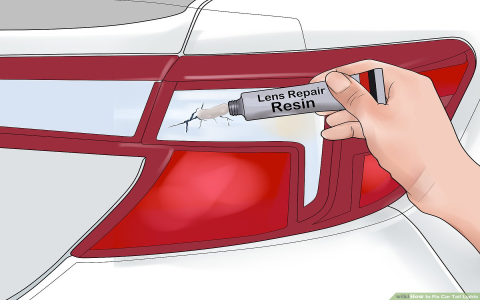GM turn signal malfunctions often stem from wiring issues, requiring accurate diagnosis using wiring diagrams and practical repair steps. Follow these tips to restore functionality without unnecessary complexity.
Common Failure Points and Initial Checks
Start by verifying easy-to-access components before diving into wiring. Ignition off, disconnect the battery for safety. Key areas to inspect:
- Fuse and relay: Locate the turn signal fuse (typically in the cabin fuse box) and relay (under-hood). Check for burns or corrosion; replace if faulty.
- Bulbs and sockets: Remove bulbs to test for burnt filaments or corroded sockets. Clean contacts with electrical contact cleaner.
- Switch operation: Wiggle the turn signal lever while activated—intermittent issues may indicate a failing switch.
If problems persist, move to wiring-specific checks using the vehicle's diagram.

Interpreting GM Wiring Diagrams for Targeted Repairs
Obtain the correct diagram for your GM model and year (e.g., from a service manual). Focus on the turn signal circuit, tracing paths for power, ground, and switch connections.
- Trace continuity: Use a multimeter to test wires from fuse to switch to bulbs. Pinpoint opens or shorts by checking resistance; aim for near zero ohms on uninterrupted paths.
- Identify ground points: Weak grounds cause erratic behavior. Clean grounding locations (e.g., chassis mounts) with sandpaper to ensure metal-to-metal contact.
- Handle corrosion and damage: Inspect harnesses near connectors or pinch points. Repair frayed wires with solder and heat-shrink tubing; avoid tape-only fixes for durability.
Diagrams highlight color codes and components, speeding diagnosis—e.g., brown wires for power feeds, black for ground.
Advanced Troubleshooting and Reassembly
For persistent issues, simulate circuits or bench-test switches. Recheck repairs methodically to avoid recurrence:
- Function test: Reconnect the battery, operate signals with hazards on to verify consistent flashing and cancel operation.
- Prevent future failures: Apply dielectric grease to connectors and secure harnesses away from heat sources or moving parts.
If repairs are ineffective, consult professional resources for model-specific flasher modules or switch replacements. Always prioritize safety protocols to prevent electrical hazards.

